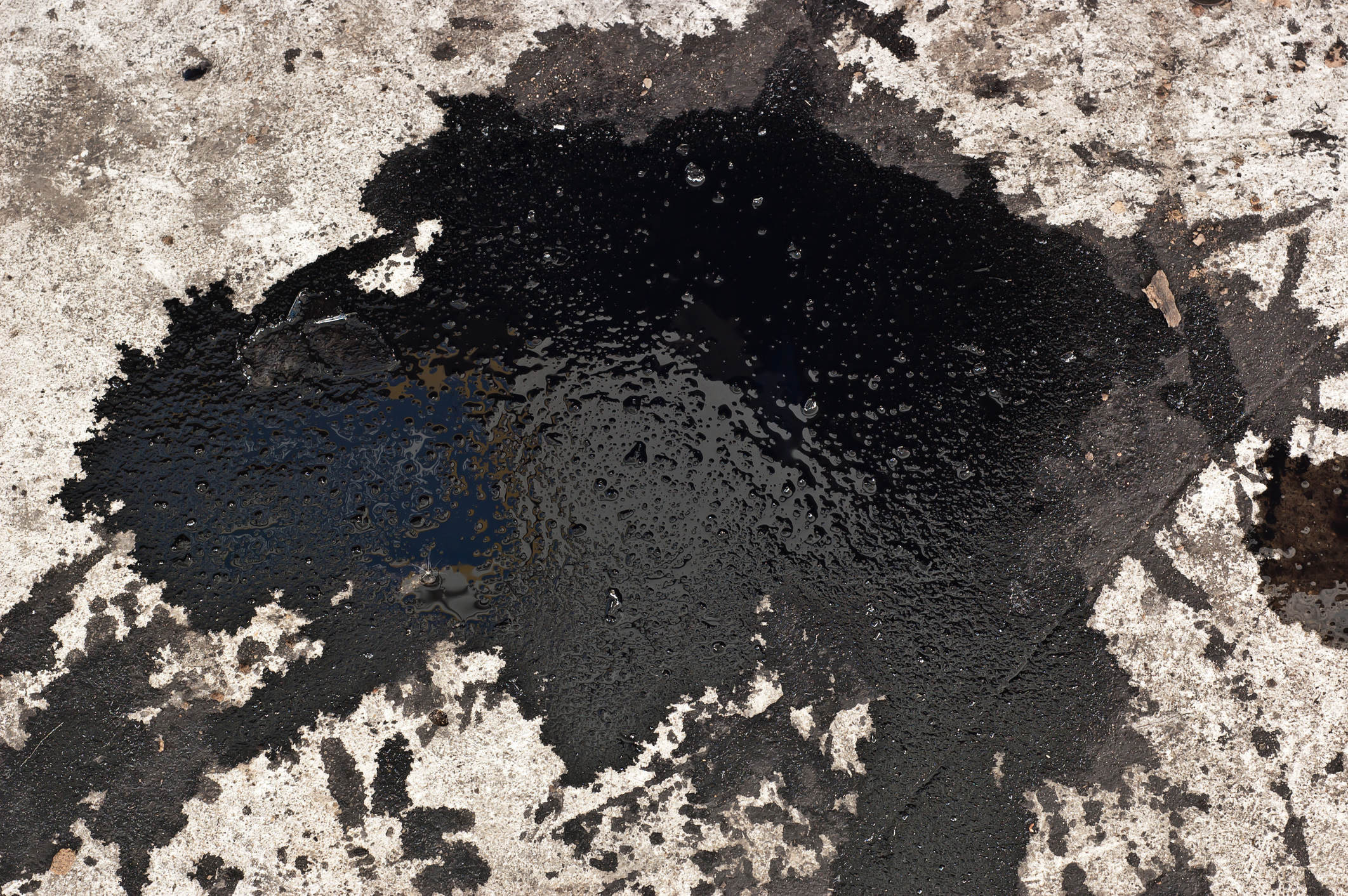What Common Fluid Leaks Say About Vehicle Health

Preventative maintenance remains the best defense against emergency repairs. Specifically, experts point to maintaining fresh, clean fluids for years of durability.
“Maintaining fluid levels is a basic fundamental of vehicle safety,” said Henry Jasny, senior vice president of the Advocates for Highway and Auto Safety. “Even if you’re not the type to pop open the hood or look underneath the car, routine service keeps you aware of any potential problems.”
Eco-conscious drivers have an environmental obligation to address fluid leaks as well.
“When your car leaks oil onto the street, it's not only leaking oil on the street,” said Jane Peirce of the Massachusetts Department of Environmental Protection. “It gets washed from the street into the storm drain and into our lakes, rivers, and streams.”
The National Institute for Automotive Service Excellence (ASE) offers the following tips and insight about fluid leaks:
Color
Red: Leak likely associated with the transmission or power steering system.
Black: Old oil, transmission fluid that’s gone bad.
Green: Engine coolant, used to prevent the motor from overheating.
Yellow: Brake fluid, the darker shades of yellow mean the fluid is aging and needs replacement. Old brake fluid takes on oxygen and reduces brake performance.
Blue: Windshield washer fluid
Clear: Water, power steering fluid or gasoline.
Levels of leaks
Stain beneath the car: Monitor and see if problem persists or worsens.
Wet: It’s not an active drip, but there’s more than a stain.
Seeping: Drips are pooling beneath the vehicle. Schedule an appointment with a service center.
Leaking: Puddles form. Go to the service center immediately, even if you don’t have an appointment.
Pouring: Fluid flowing from the vehicle. Tow the vehicle to a mechanic for the safety of you and other drivers.